Mangoky
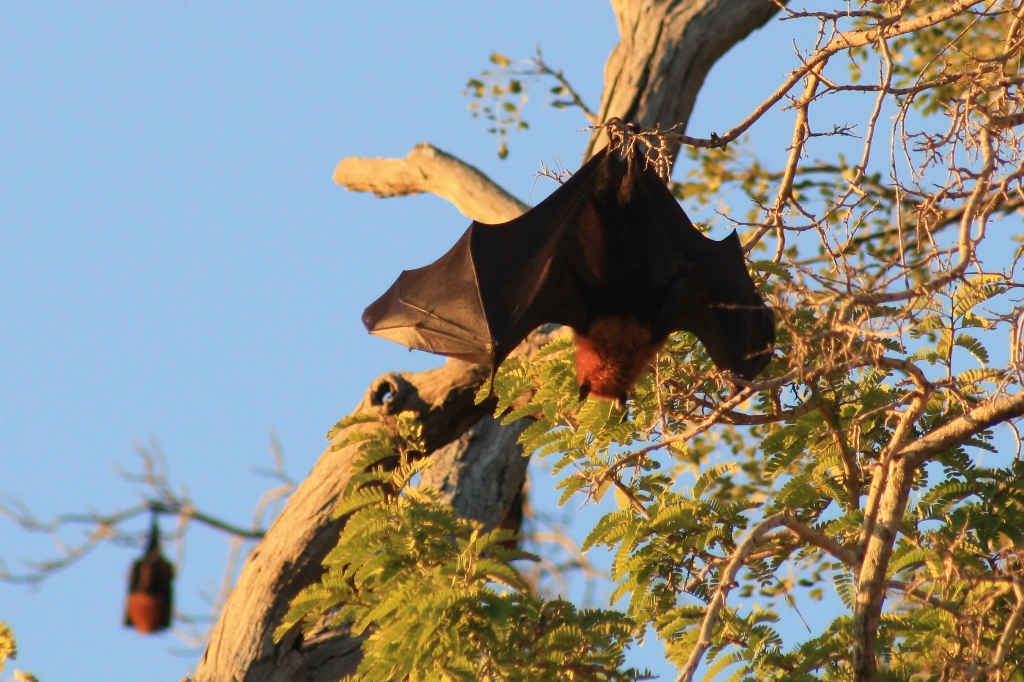
- Mangoky River
- Mangoky Reserve
- Protection and Development
- Visitors welcome
- Mangoky Reserve Information PDF Download
Madagascar – a biological Hotspot
The Malagasy flora and fauna are characterised by an exceptionally high degree of endemism. 96 % of the 4,220 tree-species are found nowhere else besides in Madagascar, and an astonishing 98 % of Madagascar’s land mammals are endemic. There are currently around 400 reptile species in Madagascar, of which more than 90 % are endemic. Madagascar is the home of nearly 100 lemur species you only find on this island. However, approximately 90 % of all lemur species are threatened with extinction and of these, 23 are classified as critically endangered. The future of this remarkable flora and fauna is far from secure. Massive and increasing environmental degradation has taken place during the last decades, and only a fragment of the island’s original vegetation remains. Hundreds of species of plants and animals are threatened with extinction, and nobody knows how many are extinct before having been scientifically named.
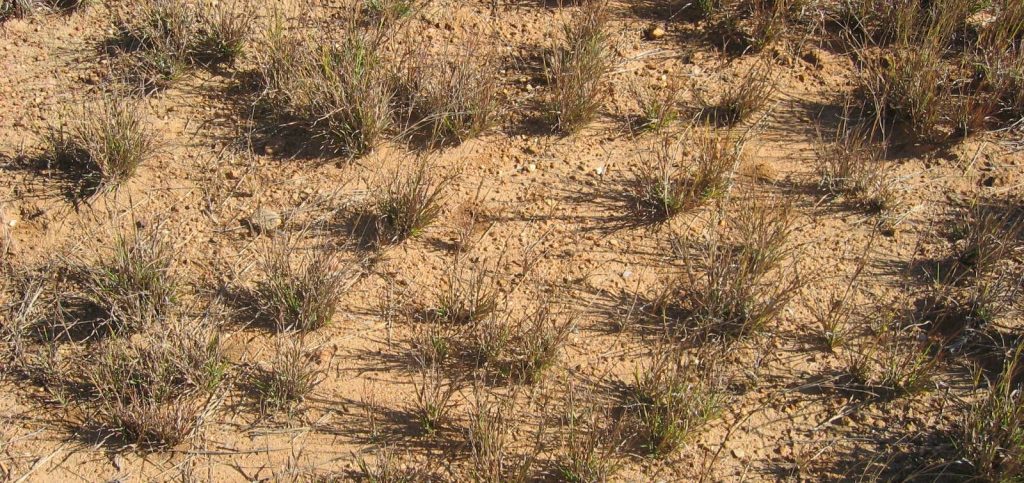
The main threat to the natural habitat and most serious ecological danger is the disappearing of the forest as a result of bush fires, charcoal production, slash-and-burn agriculture and logging and mining activities. In addition, there is the destruction caused by livestock – cattle, sheep and goats – in combination with pastoral fires. This massive destruction of the environment is a loss for all, and it threatens wealth and livelihood of the growing population in Madagascar. When the forest has gone and the animals have disappeared, they will hardly ever come back.
The Mangoky River
The Mangoky is the main river of the dry and hot western lowlands. It is Madagascar’s longest river, starting its journey in the central highlands, snaking through some of the country’s remotest, most inaccessible areas before reaching the ocean just north of Morombe.
The Mangoky flows through the densest and most original deciduous dry forest that is left on the whole island. Along the river there are only a few villages in incredible isolation. For these communities the river is the lifeblood of communication and trade.
The western dry forest on both sides of the Mangoky belongs to one of the last natural forests of the island. The wildlife in the forests with its lemurs, fosas, endemic birds, flying foxes and many reptile species is astonishing. In the river itself we find fish, tortoises and crocodiles This wildlife is unique, however highly endangered. In spite of the remoteness of the area, hundreds of hectares of precious forest are irreversibly destroyed every year, mainly by man-made fires and irregular timber logging
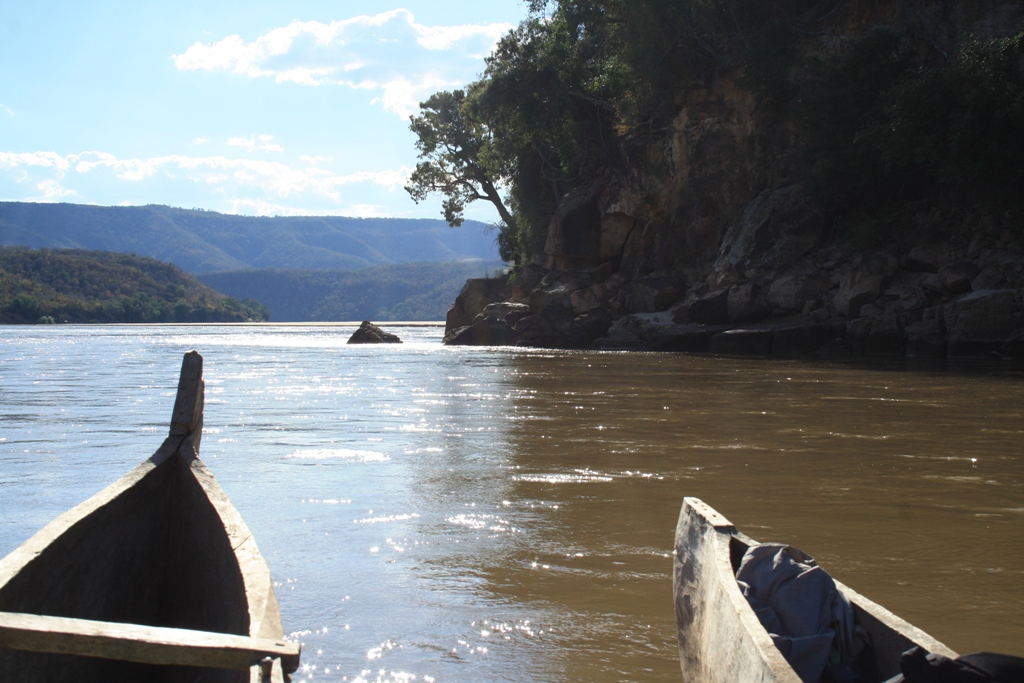
The Mangoky Reserve
The Mangoky Reserve with the ruins of the White House, a former French colony station built in the 1950s, is situated where the Mangoky River leaves the mountains and flows out to the wide plains in the west – about half way between Beroroha in the central western lowlands and the coastal town of Monombe on the Mozambique Channel. It is part of a larger protected area, the Mangoky-Ihotry Wetland Complex. This area consists of dry dense forests, spiny forests, lakes and mangroves at the Mangoky River Delta.
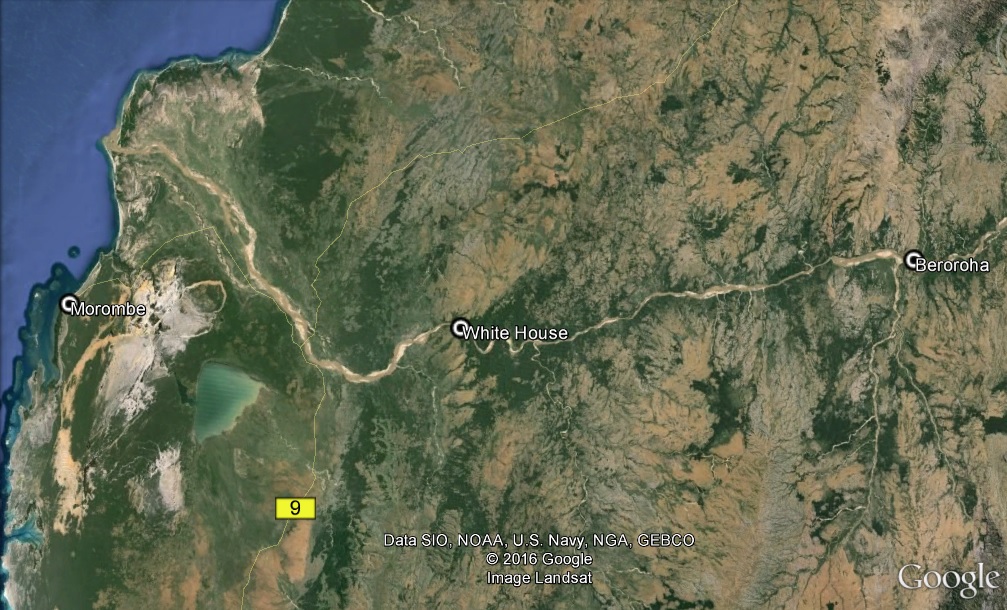
In 2018 the Mangoky Reserve Association was officially entitled to carry out protection activities in an area of around 250 ha primary forest. With this, the Mangoky Reserve has the legal authorisation to implement protection activities such as fire gates and fencing of particularly vulnerable parts of the forest. Reforestation with indigenous tree species on the edges of the protected area is planned.

There is no road to the area, so the main access is by row or sail boat. From 2023, a small motorboat is available for emergency situations and transport of goods. The journey takes at least 2 days paddling upstream from Ambika at RN 9 or floating 3 to 4 days downstream from Beroroha. Over land, the area can be accessed by ox cart from Ambika to Vohitovo (1.5 days) and from there about 3 hours on foot. We are currently working on building a marked trail from Vohitovo to the White House, so that the distance from Ambika to the White House in the future can be done by mountain bike.
The climate in the forest of the Mangoky Reserve is hot and dry with irregular heavy rains in the hottest time between December and March. Best travel time is April – July when there is enough water in the river, or the “cold months” June – September for foot- and mountainbike trips.
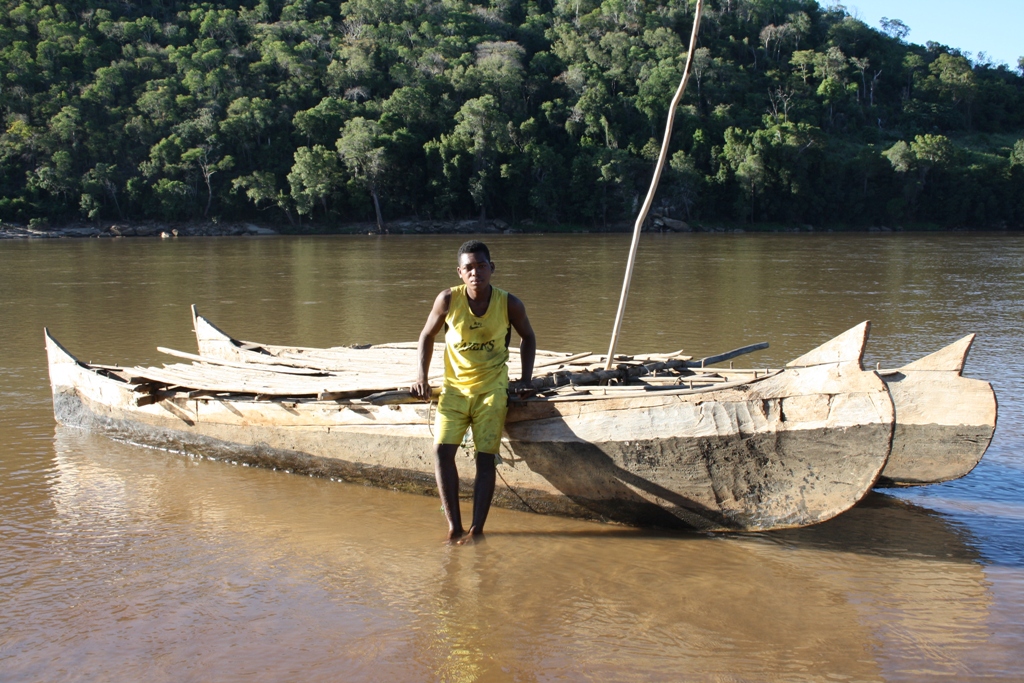
The protected forest of the Mangoky Reserve – currently around 250 ha – marks the beginning of a contiguous forest area and is of utmost importance for protecting the last large forest of the entire area. If this forest “falls”, deforestation and environmental destruction will spread rapidly to the east into the largely untouched Mangoky basin. Protecting the forest around the White House is the first step for protecting the entire forest. Currently, Mangoky Reserve is working to place a significantly larger area of at least 1500 hectares until Akida tsy mana-tompo under permanent and effective protection. However, this will only be possible if we manage to find sponsors for this complex work
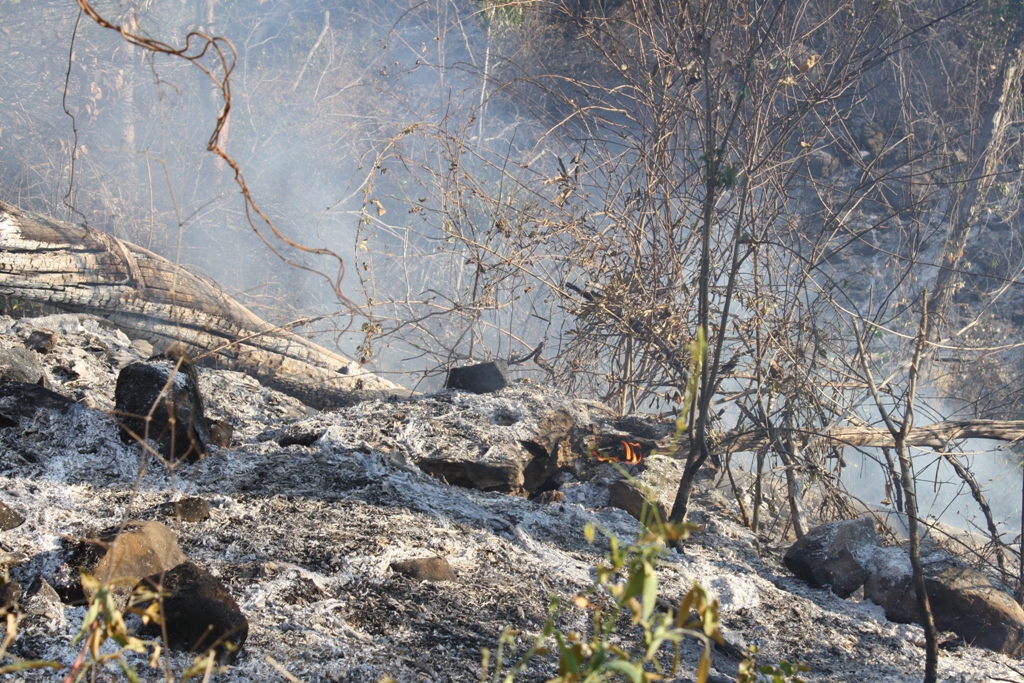
Protection and Development
Close cooperation with local, regional and national government offices, organisations as well as with the people in the villages around is indispensable for the success of the protection of the area.
A crucial condition for a successful protection of any kind of natural resource is a close cooperation with the local communities. It is important not only to convince the people that protection is important for all people, but to help them to get an advantage through the protection. Only when the protection also creates benefits, one may succeed to convince the local population to cooperate.
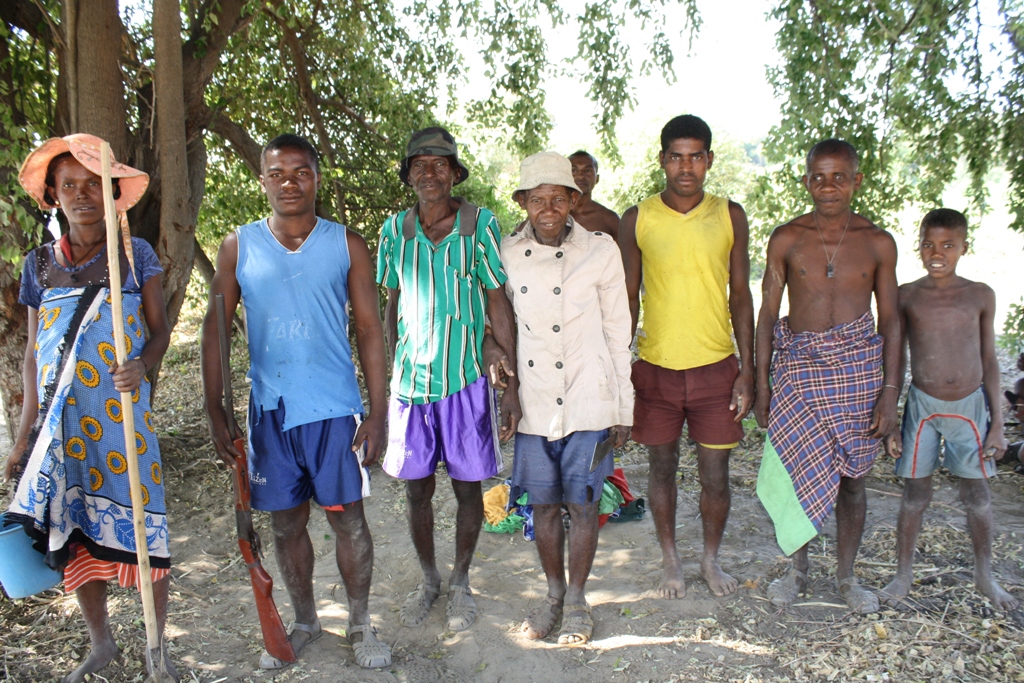
Therefore, the Mangoky Reserve invests in School Development in the surrounding villages and hiring of local workers for tasks such as guarding, fire protection, construction and transportation.
A minor area including the ruins of the White House and a flat area close to the river is designated as a development area. In this area, a simple camp site is established, and some of the ruins from the colonial period are about to be carefully restored. Thus, an environmentally friendly tourism gives work and generates income for the local population and prevent them from unsustainable use of natural resources.
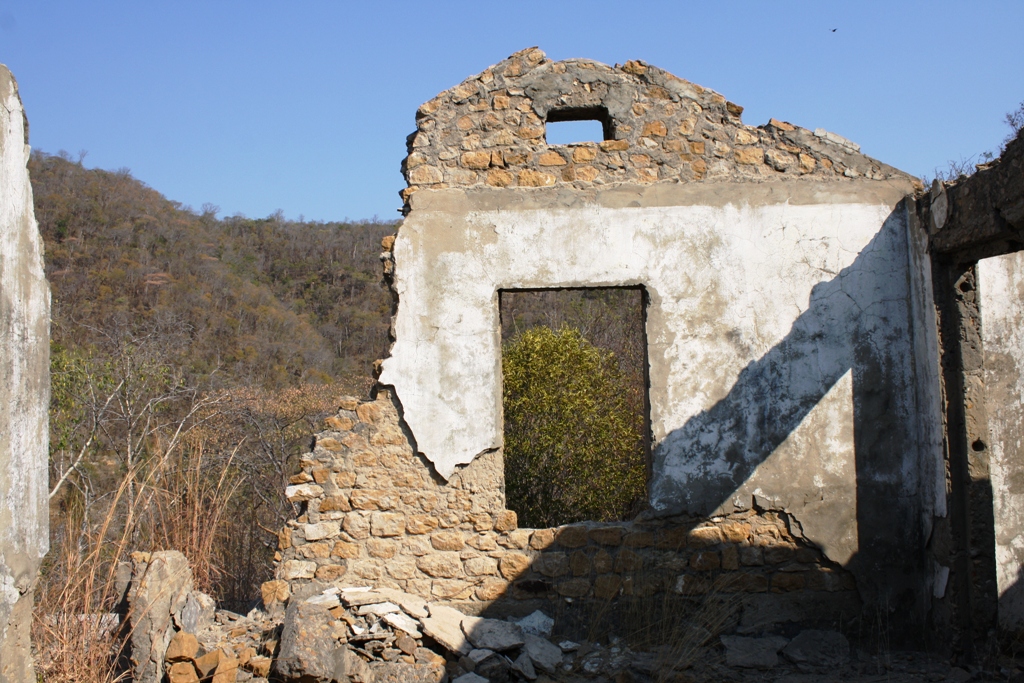
Visitors welcome
The Mangoky River and the forests around the White House offer unforgettable adventures in an area where no tourists have ever been before. The Mangoky Reserve does not have any plans for massive interventions in nature. However, all people who want to experience this unique nature, its animals and plants, or would like rafting down the Mangoky River are welcome to visit the area.
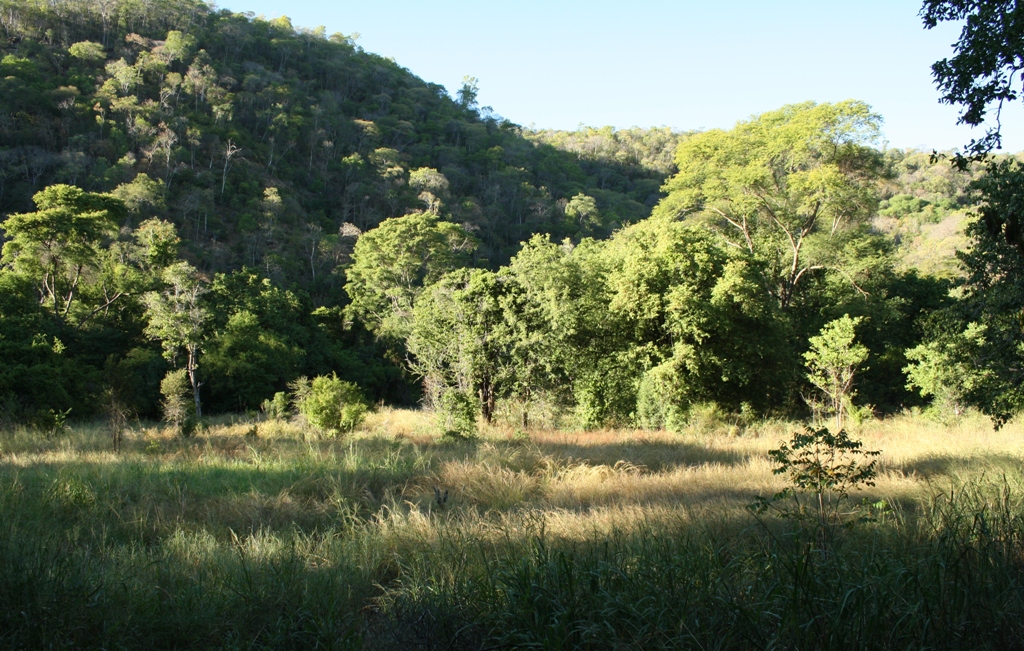
A flat area close to the river bed where there has been some small-scale farming in former times is cleared and can be used as a basic camp site in the middle of the wilderness. This spot lies close to the river with easy accessibility, provides safety and is a good starting point for hikes in the forest and for boat trips to other interesting spots along the river
Trails through the dense natural forests are about to be marked for enabling conservation, monitoring and research work. These trails shall lead to viewpoints, bird watching spots or other points of interest giving the visitors the chance to come into close contact with the nature of the area. No modern communication including mobile network will destruct your attention from the stunning nature.
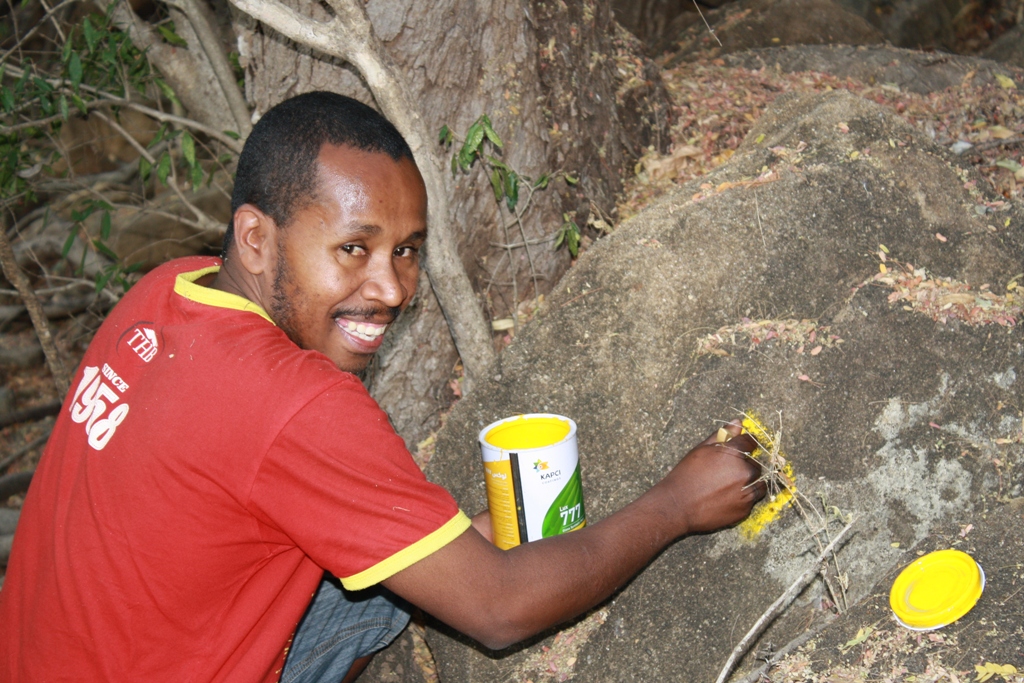
There are no shops or restaurants in the area, so the Mangoky Reserve will help the visitors by providing food items and beverage. People from the surrounding villages can be hired for preparing local food.
Mangoky Reserve offers organised kayak tours downstream from Beroroha with stopover at the Mangoky Reserve. The possibility for mountainbike trips, ox cart trips and hikes in the forest in combibation with boat tours are currently elaborated. For more information please click here.
2 Comments
Jean-Claude PERNOT · March 1, 2021 at 5:22 pm
Bravo … il y a du travail et cet endroit préservé dit être impérativement mis à l’abri
J’ai descendu la Mangoky en huit jours de Beroroha jusquau pont avant l’embouchure en 2002 (avril) avec des amis.
Souvenirs inoubliables de rencontre de pêcheurs, de villageois, de roussettes et tenrecs, de crocodiles ….et de campings sous les étoiles au bord du fleuve.
Je pense aux pachypodiums, aux baobabs adamsonia grandidieri et autres plantes observées …
Apprendre aux quelques riverains à ne plus brûler (tavys) Comment faire ??? à ne plus manger les dizaines de tenrecs cuits au feu de bois, les roussettes tuées à la fronde … ça va être difficile car ils sont très pauvres et n’ont pas d’autres solutions pour l’instant …et la population augmente …
j’ai des photos disponibles à la demande (diapos numérisées depuis peu) de ce voyage
Je vous souhaite bon courage et bonne chance dans votre entreprise de préservation … avec les sédentaires et les nomades du fleuve …
Le tourisme vert peut être une solution car il amène et génère de l’argent qui peut être investi en ce sens
Jean Claude Pernot
LOZANO Eva · July 8, 2024 at 2:36 pm
Bonjour Jean-Claude,
Nous partons avec mon mari et mon fils à Madagascar au mois d’aout. Nous aimerions descendre la Mangoky en pirogue. Auriez-vous des contacts de piroguier ou guide pour cette descente? Avez-vous des conseils à nous donner? Nous partons de Tana pour arriver jusqu’a itampolo et le peuple Vézo. Nous cherchons des contacts locaux pour notre périple.
Merci pour votre retour!
Eva